Review: My Lady Jane by Cynthia Hand, Brodi Ashton, & Jodi Meadows
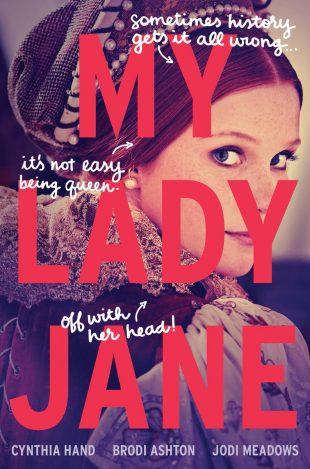 My Lady Jane by Cynthia Hand, Brodi Ashton, Jodi Meadows
My Lady Jane by Cynthia Hand, Brodi Ashton, Jodi Meadows Also by this author: My Plain Jane

Published by HarperTeen on June 7th 2016
Genres: Fantasy
Pages: 494
Source: Purchased
Amazon
Goodreads
Goodreads Synopsis:
The comical, fantastical, romantical, (not) entirely true story of Lady Jane Grey. In My Lady Jane, coauthors Cynthia Hand, Brodi Ashton, and Jodi Meadows have created a one-of-a-kind fantasy in the tradition of The Princess Bride, featuring a reluctant king, an even more reluctant queen, a noble steed, and only a passing resemblance to actual history—because sometimes history needs a little help.
At sixteen, Lady Jane Grey is about to be married off to a stranger and caught up in a conspiracy to rob her cousin, King Edward, of his throne. But those trifling problems aren’t for Jane to worry about. Jane is about to become the Queen of England.
* * * * *
My Review:
What an entertaining read this was! If you like humor and storytelling in the vein of The Princess Bride and Monty Python and the Holy Grail, then My Lady Jane is a must-read for you! I was thoroughly amused by this refreshingly hilarious and perhaps slightly irreverent re-inventing of the drama surrounding Henry VIII’s offspring.
And if you’re thinking “Wait, wasn’t Lady Jane Grey only Queen of England for nine days? And wait, wasn’t she then convicted of treason and subsequently beheaded? What could possibly be funny about that?”, let me assure you that you’re not alone. I had the exact same reaction when I initially heard about this novel. Needless to say, the fact that I was already laughing before I even finished the prologue: “Some names have been changed to protect the innocent (or not-so-innocent, or simply because we thought a name was terrible and we liked another name better)”, I was sold. That’s my kind of humor right there and couldn’t wait to read this tale of how Lady Jane Grey’s life should have gone.
What I Loved:
- A Fantastic Main Cast of Characters:
Jane. I loved so many things about My Lady Jane that it’s hard to decide where to start, so I’m going to start with Jane herself. These authors have re-imagined young Jane as my ideal protagonist – she’s smart, sassy, and a total book fiend, which endeared her to me right away. Jane is Books-Over-People all the way, and so the marriage-to-a-complete-stranger situation that she finds herself in at the beginning of the story is all kinds of awkward for her. And so when she and her new husband prepare to depart on their honeymoon, Jane packs so many books that she runs out of space and so decides, being the practical young lady that she is, that the ideal traveling solution is to build a book wall between herself and her new husband in the carriage. Brilliant!
Gifford. Now even though I’m laughing at Jane’s treatment of her new husband, Gifford (or ‘G’ as he prefers to be called), let me just say that My Lady Jane is filled with loveable characters and G is most definitely one of them. As you will quickly learn once you begin reading, this retelling of Lady Jane Grey’s history really isn’t history at all – it’s pure fantasy and thus has a fabulous magical thread running through it. The magic? Some of the characters have the ability to transform into animals at will. I mention this here because G is one of those characters. The catch, however, is that G apparently has no control over this gift (or curse as he calls it) and for most of his life, he has transformed into a stallion with the sunrise and only returns to human form once the sun goes down.
Needless to say, Jane was not made aware of this prior to their marriage, thus making for some awkward (and oh yes, truly hilarious!) moments in their first few days together. There are several battles of wits early on where Jane and G reminded me of Benedict and Beatrice from William Shakespeare’s Much Ado About Nothing. As funny as their initial encounters are, I really loved watching Jane and G’s relationship blossom as they get to know each other better and realize how much they have in common. Even though G is actually related to some who are conspiring to steal the throne, his heart and his loyalty clearly lie with Jane.
Edward. Edward is the King of England at the beginning of the book. He is such a likeable character, especially when it comes to his relationship with his cousin Lady Jane Grey, that when we learn there is a conspiracy to remove him from the throne, we can’t help but cheer for him as the underdog because nice guys should always finish first!
- Supporting Characters
The supporting players in My Lady Jane are just as awesome as the main characters. Some of my favorites were Gracie and Pet, who play a large part in helping Edward in the battle for England’s throne. Gracie is a young Scottish thief who becomes a potential love interest for King Edward. She’s smart, feisty, incredibly resourceful, and she’s always up for a good adventure.
Then there’s Pet, short for Petunia. Pet is a loyal friend to Edward, fiercely protective, and at the same time, a bit of a free spirit. In that way, she reminds me a lot of Luna Lovegood from the Harry Potter series.
- The Humor!
I honestly can’t remember the last time I laughed so much while reading a book. It’s equal parts silly, witty, and just downright absurd at times, and I loved every minute of it! As I mentioned earlier, if you like humorous stories like Monty Python and The Princess Bride, you can’t go wrong with this book.
One of the scenes that amused me the most (and made me fall in love with both Jane and G) was when Jane and G were laying out the ground rules for their marriage. Because a girl must keep her priorities straight, Jane’s rules are of course all about protecting her books: ” Number one: no touching my books…Number two: no chewing on my books…Number three: I will never find hay in my books.” G counters with his own set of rules for a happy marriage: “There will be no riding of the horse…There will be no bridling the horse…Number three: there will be no saddling of the horse” and there are to be “No horse jokes.”
These “ground rules” immediately lead to this hilarious bit:
“No horse jokes,” he said.
“My lord, I apologize for the horse joke. If you put down the book — unharmed! — I will give you a carrot.”
He brandished the book at her. “Was that a horse joke?”
“Neigh.”
Seriously, tell me you aren’t giggling right now…
* * * * *
Anything I didn’t care for?
My only quibble with My Lady Jane was that I thought there were too many narrator interruptions in the closing chapters. At first the interruptions were very amusing because, again, they reminded me so much of The Princess Bride, but the closer I got to the resolution of the story, the more frequently the narrators butted in and stopped the action. I REALLY wanted to find out how the story was going to end, so having the ending prolonged by so many narrator interruptions was a bit torturous for me. That said, I still loved the overall story though. It was just so much fun!!!
* * * * *
Who would I recommend My Lady Jane to?
Well, again, I think this book’s appeal lies squarely in its humor. That humor is the key to making this such a refreshing and unique read. I’d definitely recommend it to anyone who can appreciate that humor.
If you’re a history buff and would consider a fantasy retelling of Lady Jane Grey’s life in poor taste, then I’d probably tell you to steer clear.
* * * * *
Rating: 4.5 stars.



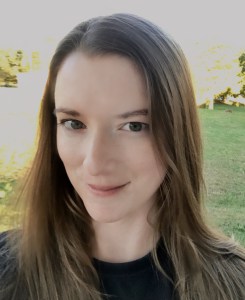
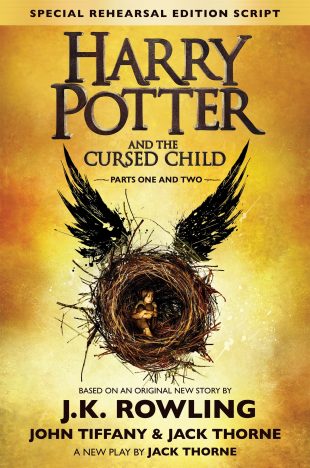 Harry Potter and the Cursed Child by
Harry Potter and the Cursed Child by 
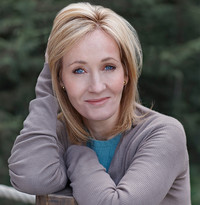
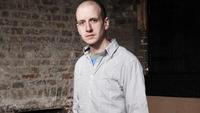

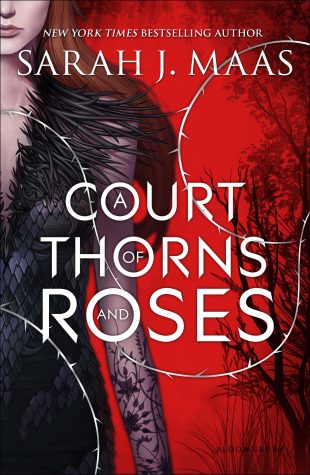 A Court of Thorns and Roses (A Court of Thorns and Roses, #1) by
A Court of Thorns and Roses (A Court of Thorns and Roses, #1) by 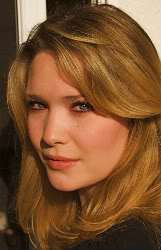
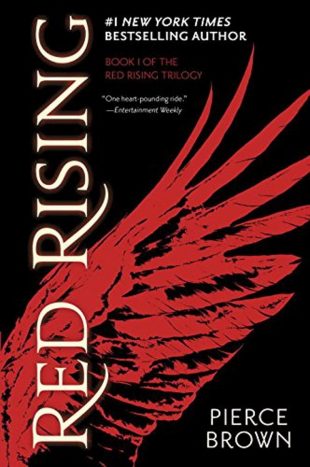 Red Rising (Red Rising, #1) by
Red Rising (Red Rising, #1) by 
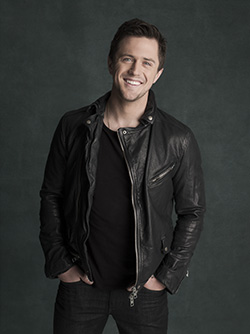
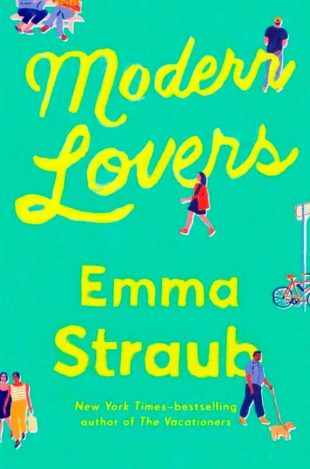 Modern Lovers by
Modern Lovers by 
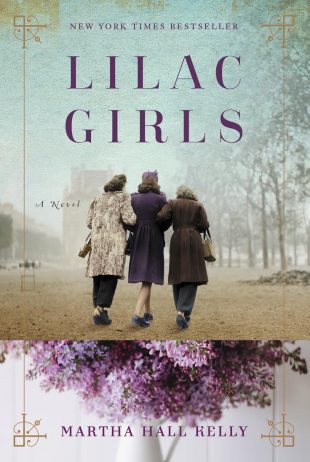 Lilac Girls by
Lilac Girls by 

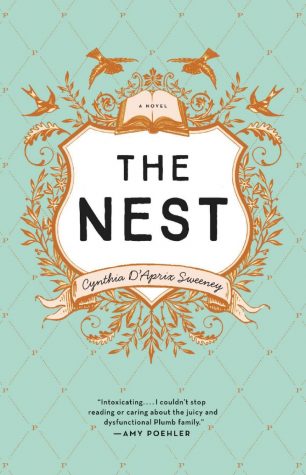 The Nest by
The Nest by